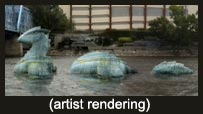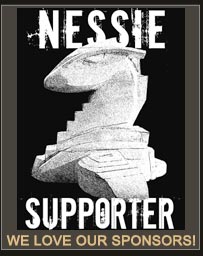The SteamPig Experiment
The pig has been part of the human condition for at least nine millennia, possibly more. It appears in religion, in folklore, in literature. Yet in spite of, or perhaps because of this kinship, our relationship with the pig is dynamic, even troubled. The Celts revered them with their swine god Moccus; the ancient Greeks told of men turning into them. We use their name as a term of derision and don’t notice the irony. A sloppy person is a “dirty pig,” even though pigs are so clean they won’t defecate in their barnyard homes. A person who eats too much is a “pig,” even though we turn every ounce of swine into food. Some pigs disturb, like red-eyed “Jodie” of the Amityville Horror and the decapitated boar’s head in Golding’s Lord of the Flies. Yet many others delight, like Wilbur, Porky, Piglet, Miss Piggy and Babe. Orwell used them to great allegorical effect in Animal Farm. And somewhere in this tapestry is Churchill’s famous observation: “Dogs look up to man. Cats look down to man. Pigs look us straight in the eye and see an equal.”
Now comes a great pig, unknown until ArtPrize, and ready to take its place in the cultural cannon. The story of Parsifal is the story of a dream, failure, and fulfillment. It begins in the mind of Parsifal’s mysterious creator, Dr. Hammond VanOchre, a forgotten engineering genius of the late 19th century. Most of what is known about him comes from yellowed, fragile papers stored at the British Library, which keeps records of the Royal Indian Engineering College from the time of its founding near Windsor in 1870 until it moved to India in 1906.
VanOchre was a prized student until he came afoul of a disagreeable professor. Afflicted with some kind of speech impediment (a stutter? a lisp? we don’t know), VanOchre made up for his reluctance to speak publicly by his prodigious writing.












